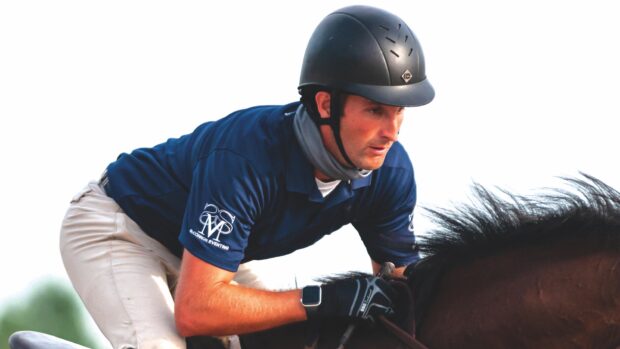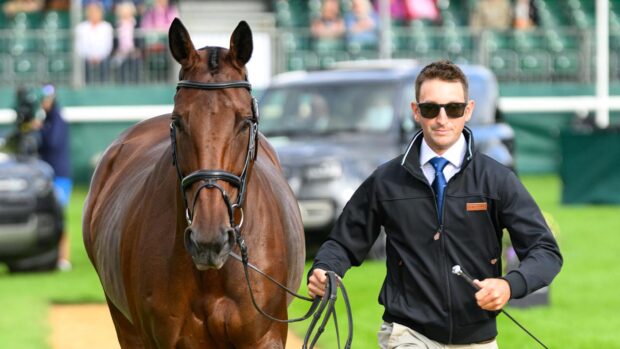The racing and rehoming worlds “need to tell the story of equine welfare so much better” to promote the positives and counterbalance the voices of those against the involvement of horses in sport.
That was one of the key messages from the 2023 International Forum for the Aftercare of Racehorses (IFAR), held in Melbourne last month.
Australian sports presenter Tim Gilbert stressed the message in his keynote speech.
“People need to be proud of the whole equine welfare story and it needs to become part of the mainstream,” he said.
“It needs to be part of dinner parties, so when you are sitting at a table, and there’s someone there who saw something on social media, on a morning TV show, read it in a newspaper. You can then give a counter viewpoint to some of the stories that are given out by those in the anti-racing brigade.”
He added that the industry is “not going to convince” those who are anti-racing, but that those “are not the ones you really need to convince”.
“You need to win the hearts and minds of the public,” he said.
The forum heard of some of the latest thinking in training of horses before and during their career changes, plus a study by Professor Seungho Ryu of Cheju Halla University in Korea. This study focused on developing a preliminary assessment of retired thoroughbreds for their suitability for equestrian sports.
Among its findings was that a three-month transition training period had a significant desensitising impact. It also found that peak heart rate, in combination with the behavioural score out of 10 a horse was given – from 0 being the most relaxed to 10 being the most anxious – were useful criteria to assess racehorse temperament.
The forum heard how aftercare is managed around the world and the significant strides that has taken in recent years, plus individual projects designed to bring the racing and equestrian worlds closer together.
One of these was the “Own After Racing (OAR)” initiative, run by trainer Gai Waterhouse and co-trainer Adrian Bott, which encourages racing owners to stay in a syndicate as their horses retrain.
“There are a few horses with professional showjumping trainers and then we take the owners on that journey, so they come to the shows and experience that as well,” said Jessica Bott, rider, coach and wife of Adrian.
“I think it’s also interesting that people don’t know that that’s out there. So it’s exciting to see those two worlds merge, and I think they need each other.”
IFAR chair Di Arbuthnot celebrated the global progress, while pointing out that there remains more to do.
“Yes, there are challenges – there will always be challenges,” said the former Retraining of Racehorses chief executive, nodding to funding and communications, and adding that the main challenge remains supply and demand.
“We’ve all got a supply of racehorses leaving the industry every year. How do you keep up demand? That is so important. It doesn’t matter whether it’s competition, the many equine therapy programmes that are fantastic, your happy hacker that’s just going to give that horse a lovely home. This is what all countries need to do, because that is welfare. It is showing the world that racing cares about its racehorses.”
She added that IFAR would like to see every racing jurisdiction have an aftercare programme.
“Wherever your horse ends up, there should be a life after racing – racing needs to get hold of this, to own this and deliver an aftercare programme, all around the world,” she said.
You might also be interested in:

Subscribe to Horse & Hound magazine today – and enjoy unlimited website access all year round

‘Immense benefit to horses, riders and the sport’: equine vision study leads to widespread fence colour changes

‘No horse, no sport – we all have a responsibility’: equestrian sport ‘in it together’ when it comes to horse welfare

‘A life well lived’: new welfare strategy to protect racehorses from birth to death

‘Safety net’ to support thoroughbreds on first step out of racing to launch imminently
Horse & Hound magazine, out every Thursday, is packed with all the latest news and reports, as well as interviews, specials, nostalgia, vet and training advice. Find how you can enjoy the magazine delivered to your door every week, plus options to upgrade your subscription to access our online service that brings you breaking news and reports as well as other benefits.



